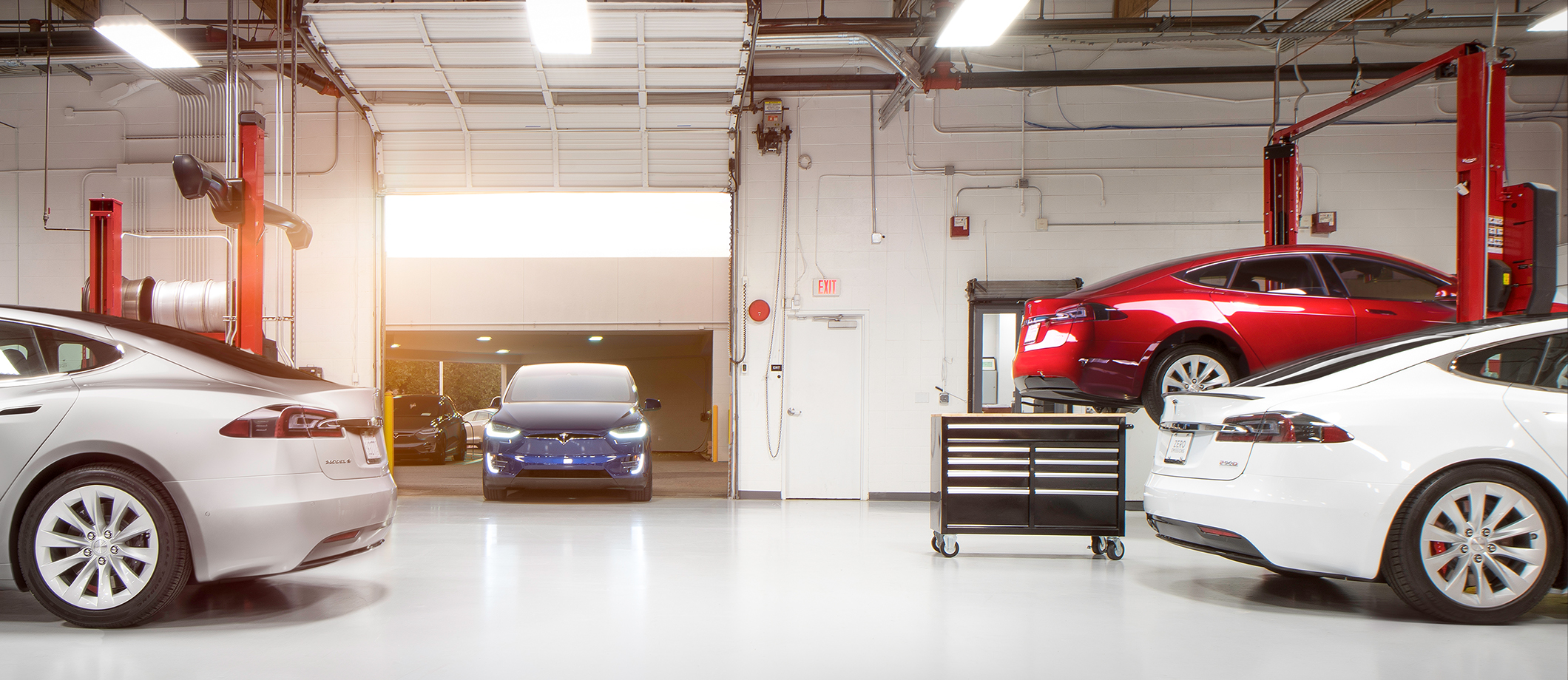Evercore Analyst who visited Tesla’s Fremont factory expressed confidence that the electric car maker can reach weekly Model 3 production rate of 7,000 to 8,000 Model 3s with very little capital expenditure.
“Tesla seems well on the way to achieving a steady weekly production rate of 5,000 to 6,000 units per week,” analyst George Galliers wrote Thursday. “We are incrementally positive on Tesla following our visit. We have confidence in their production. We did not see anything to suggest that Model 3 cannot reach 6k units per week, and 7k to 8k with very little incremental capital expenditure.”
Evercore is neither too bullish nor too bearish on Tesla and has a $301 price target on Tesla.
If you have been following 1redDrop’s coverage on Tesla, you must have noticed that we have been following Tesla Model 3 production rate a bit closely.
Looking at the pace of Model 3 VIN registration, we wrote on August 11th that its “likely that Tesla is inching closer to 6,000 units per week production rate“.
Our confidence was influenced by two factors, VIN registration pace in August and Tesla’s assembly lines GA3 and GA4.
VIN Registration Pace
Tesla has now registered 21,676 Model 3 VINs in the first 16 days of August, which is more than the 21,072 VINs the company registered in July. The extra pace of registration is a good indication that Tesla’s production rate didn’t taper off after the company built 5,031 Model 3s in the last week of June.
Assembly lines GA4 and GA3
Tesla wrote in 2018 Q2 share holder letter that, “GA3 is now expected to reach a production rate of 5,000 per week very soon”. Tesla built a new assembly line – GA4 – because it became clear that GA3 would not reach the 5,000 Model 3s per week target by the end of June.
With both assembly lines functioning for the last several weeks, Tesla is cranking up the volume and it’s quite possible that Tesla is planning to get both the lines to build 5,000 Model 3s each per week.
Why Capital Expenses will drop?
Increasing production capacity from 5,000 units to 10,000 will not cost the same as increasing production from 0 to 5,000.
Because most of the fixed costs, for example, factory space, manufacturing equipment and executive talent are already in place. More importantly, the learning experience will play a huge role in reducing future costs. Tesla will be looking to make use of its learning from every mistake that it had done in the past. Like this
Yes, excessive automation at Tesla was a mistake. To be precise, my mistake. Humans are underrated.
— Elon Musk (@elonmusk) April 13, 2018
Learning was the one reason Tesla management cited when queried about the low $2 billion price tag for its Gigafactory in China.



